Cakes, biscuits and other baked goods account for almost a quarter of children’s sugar intake, according to government body Public Health England.
Figures based on the latest National Diet and Nutrition Survey data show English children consumed their year’s recommended sugar intake in less than six months.
Researchers found that buns, cakes, pastries and fruit pies accounted for 10% of the main sources of sugar consumer by children aged four to 10 years, with biscuits making up 9%, and puddings 4% (see table below).
Sugary soft drinks (including squashes, juice drinks, energy drinks, cola and other fizzy drinks) also accounted for 10% of intake.
Public Health England (PHE) said children aged four to 10 should have no more than the equivalent of five to six cubes of sugar per day, but are consuming on average 13 cubes.
It is advising that kids cut back on sugary snacks by swapping cakes, biscuits, chocolate and sweets for fruit, plain rice cakes, toast, fruit teacakes, malted loaf or bagels with lower-fat spread.
“We’re barely halfway through the year and already children have consumed far more sugar than is healthy – it’s no surprise this is contributing to an obesity crisis,” said PHE chief nutritionist Dr Alison Tedstone.
“Snacks and drinks are adding unnecessary sugar to children’s diets without us even noticing. Swapping to lower or no added sugar alternatives is something all parents can work towards.”
Last month, PHE revealed that retailers and manufacturers had missed a 5% target for sugar reduction action versus a baseline set in 2015, with no drop recorded in the average sugar content of biscuits. The stats did not include the cakes or morning goods categories, as PHE has not been able to collect sufficient data for these products, but PHE plans to report on these categories in next year’s results.
Main sources of sugar in children’s diets
(Children aged four to 10 years)
- Sugary soft drinks (including squashes, juice drinks, energy drinks, cola and other fizzy drinks) – 10%
- Buns, cakes, pastries and fruit pies – 10%
- Sugars, including table sugar, preserves and sweet spreads – 9%
- Biscuits – 9%
- Breakfast cereals – 8%
- Chocolate confectionery – 7%
- Sugar confectionery – 7%
- Yoghurt, fromage frais and other dairy desserts – 6%
- Ice cream – 5%
- Puddings – 4%
























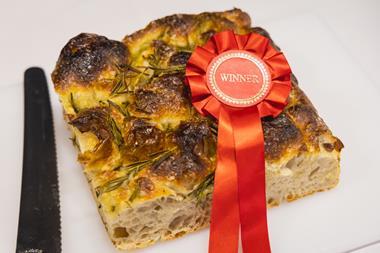
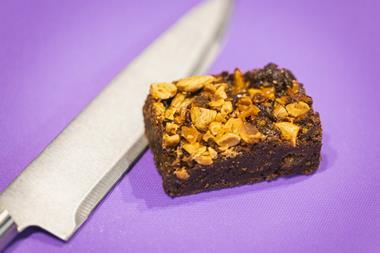
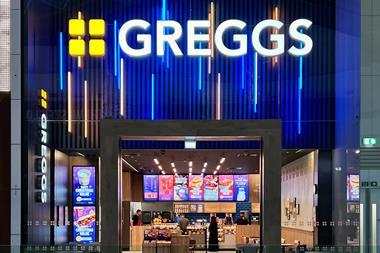
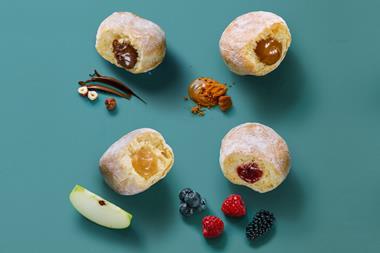



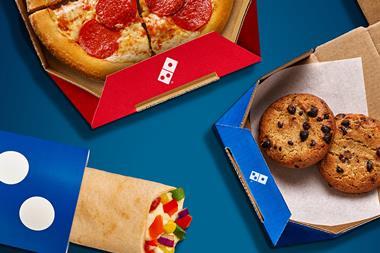



No comments yet